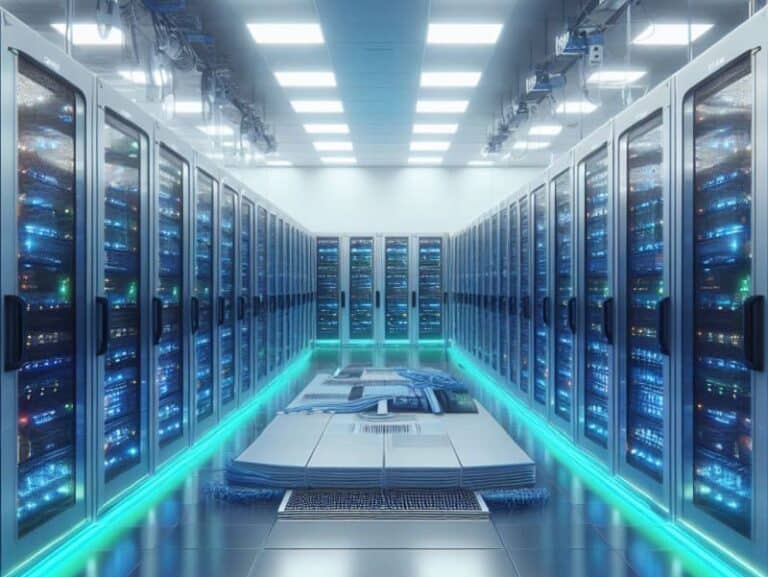Microsoft has developed a new design for data centers that will significantly reduce the amount of water needed to cool servers.
Steve Solomon, the vice president of data center infrastructure engineering at the company, explained the technology in a blog post earlier this week.
Water absorbs a significant amount of heat from the ambient air as it evaporates. Many data centers take advantage of this phenomenon to dissipate heat generated by their hardware. Evaporative cooling, as this approach is called, is one of the most energy-efficient ways to cool servers.
The heat generated by a server cluster increases the air temperature in data centers. Evaporative cooling systems use fans to pull this warm air into a container filled with water. When the water in the container evaporates, the temperature of the air drops so quickly that the fans can pull it back into the data center to cool the servers inside.
Environmental impact
Evaporative cooling uses less electricity than some other heat removal methods. The downside is that the evaporated water is lost, which increases the ecological impact of data centers. Microsoft’s recently unveiled data center design is intended to address this challenge.
Like standard evaporative cooling systems, Microsoft’s design uses water to regulate data center temperatures. The difference is that instead of evaporating the water, it is cooled with chillers, so no liquid is lost. The result is a significant reduction in water consumption in data centers.
Although water is still used for traditional purposes like in toilets and kitchens, this design will prevent the use of more than 125 million gallons of water per year per data center, Solomon explained.
The expected reduction in usage is in addition to the already significant water savings Microsoft has achieved in recent years. By 2023, the company’s data centers used about 0.49 gallons of water for every kilowatt of power they consumed. This is a 39% drop from 2021 and 80% better than Microsoft’s first-generation data centers.
Higher temperatures in data centers
In July, Microsoft announced that it operates much of its data center equipment at relatively high temperatures. This allows the company to cool its hardware with outside air during most of the year. In addition, Microsoft has equipped some data centers with hardware that allows it to use recycled water and rainwater.
Microsoft’s effort to reduce water consumption also has a software component. Earlier this year, the company indicated that it is developing predictive models to anticipate how much water a data center should use on any given day. If the facility uses more water than expected, engineers can quickly identify and fix an inefficiency, such as a leaking pipe.
The company is also working to make its data centers more efficient in other ways. For servers equipped with Maia 100 chips, Microsoft has developed a cooling technology that circulates coolant through the system to which it is attached. This setup is significantly more efficient than using fans because liquid conducts heat better than air.
Microscopic channels
Currently, the coolant does not flow directly through Microsoft’s chips, instead cooling cold plates attached to those chips. The company plans to change this in the future using so-called microfluidic technology. The plan is to design chips with microscopic channels that allow coolant to flow directly through the silicon chip, which should further increase data center efficiency.
Although the current fleet will still use a mix of air-cooled and water-cooled systems, new projects in Phoenix, Arizona, and Mt. Pleasant, Wisconsin, in 2026 will test designs that do not evaporate water, Solomon explains. “These new sites will be operational by the end of 2027.”
